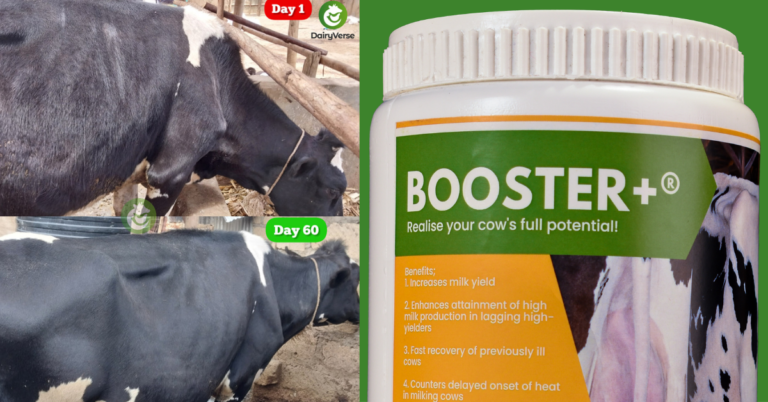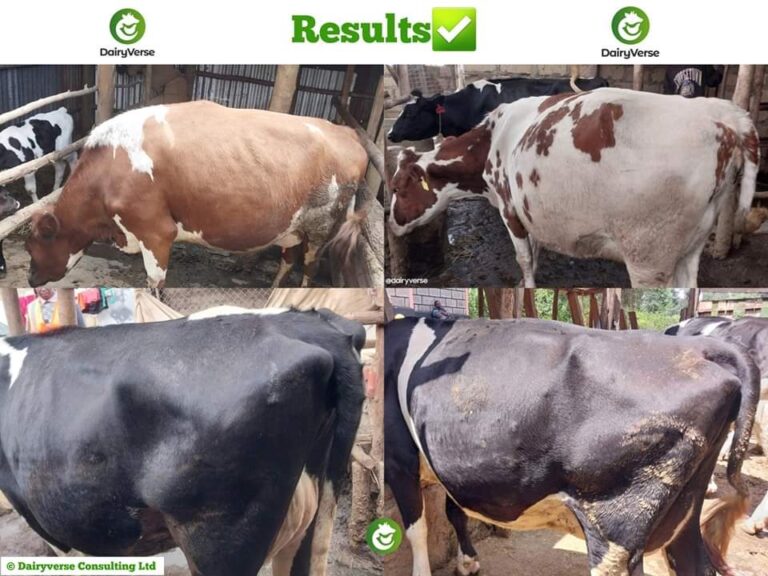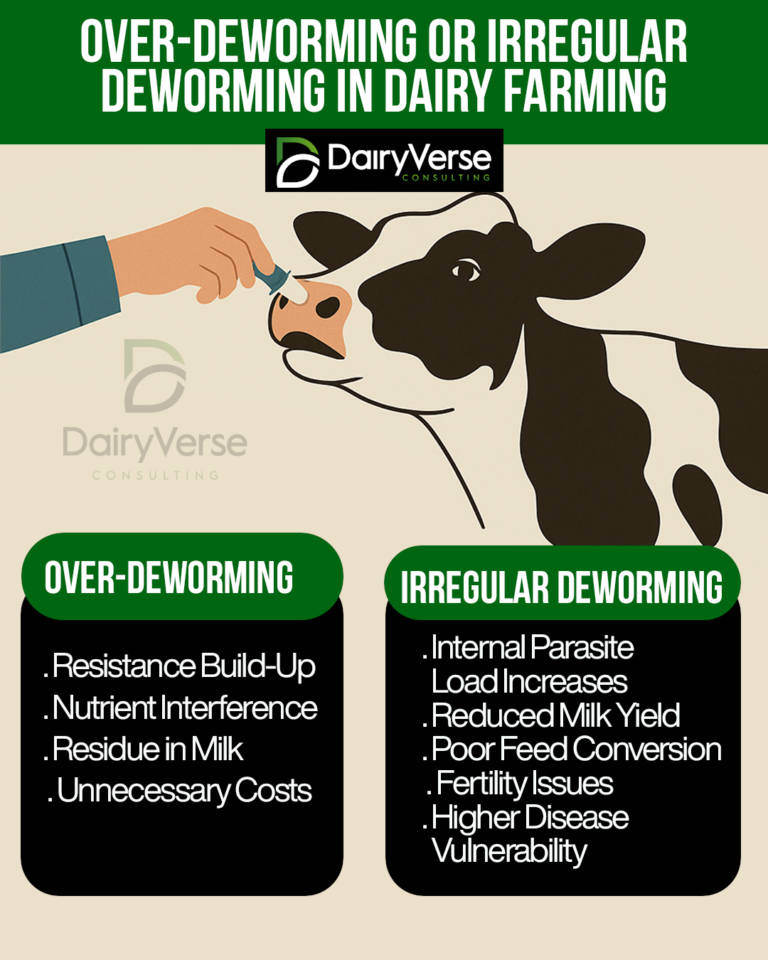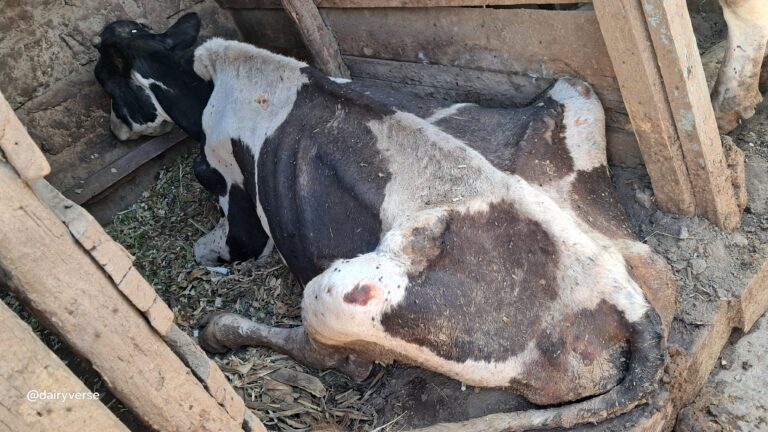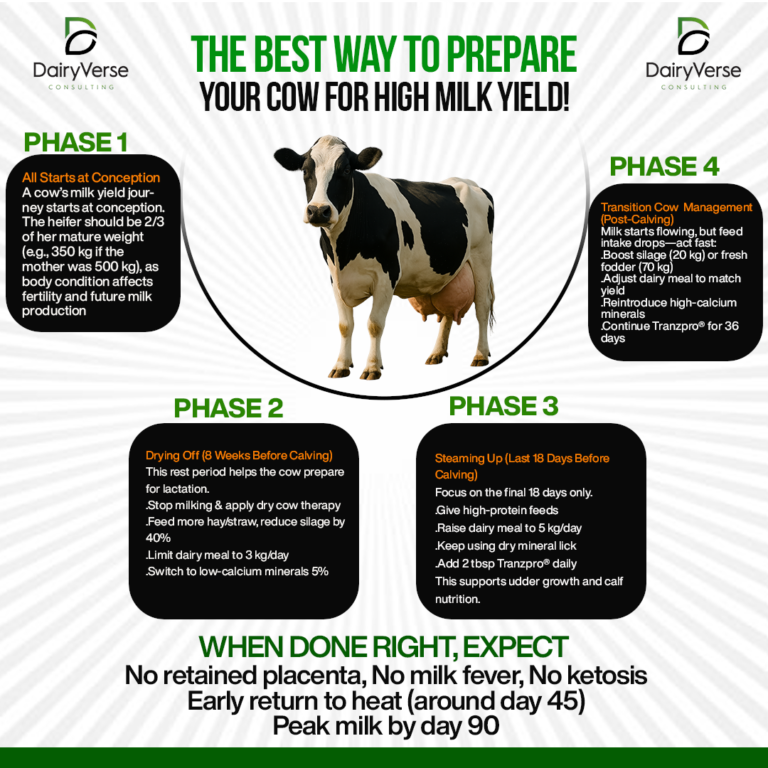Factors Influencing Feed Intake and Early Lactation Targets in Dairy Cattle
Introduction
Feed intake is a crucial determinant of productivity, health, and reproductive efficiency in dairy cattle. Ensuring optimal nutrition during early lactation is particularly important for maintaining milk yield, body condition, and overall cow health. This article explores the key factors influencing feed intake and the essential nutritional targets during early lactation.
Factors Affecting Feed Intake in Dairy Cattle
Several physiological and management-related factors influence the feed intake of dairy cows. Understanding these factors can help improve efficiency and productivity in dairy operations.
1. Level of Production
The feed intake of a dairy cow is directly linked to its milk production level. High-producing cows require more energy and nutrients to sustain milk synthesis, which increases their overall feed consumption. However, during peak lactation, energy demands may surpass the cow’s intake capacity, leading to negative energy balance.
2. Forage Quality and Quantity
Forages provide essential fiber, energy, and protein to dairy cows. Their quality and availability play a significant role in determining overall feed intake. High-quality forage with adequate digestibility and nutrient balance promotes better rumen function and higher intake levels. Poor-quality forage, characterized by excessive fiber content and low digestibility, can limit feed consumption.
3. Feed Digestibility
Feed digestibility is a key determinant of nutrient absorption and utilization. Highly digestible rations ensure efficient nutrient uptake, improving milk yield and body condition. Factors affecting digestibility include:
- Fiber content (neutral detergent fiber – NDF and acid detergent fiber – ADF)
- Feed processing methods
- Inclusion of readily fermentable carbohydrates
4. Feed Processing
The physical form of feed significantly impacts intake. Proper processing, such as chopping forage to the recommended size and pelleting concentrates, enhances digestibility and prevents sorting behavior in cows. Over-processing, however, may reduce fiber effectiveness and increase the risk of metabolic disorders like acidosis.
5. Feeding Frequency
The frequency and timing of feeding influence rumen health and feed intake. Providing multiple small meals throughout the day helps maintain a stable rumen environment, minimizes feed wastage, and prevents digestive upsets. In contrast, infrequent feeding can lead to fluctuations in rumen pH, reducing feed efficiency.
6. Consistency of Ration Ingredients
Maintaining a consistent ration formulation ensures that cows receive a balanced supply of nutrients daily. Sudden changes in diet composition can disrupt rumen microbial populations, leading to reduced intake, digestive disturbances, and metabolic disorders.
Early Lactation Nutritional Targets
Early lactation, typically the first 100 days postpartum, is a critical period in dairy production. During this phase, cows experience a peak in milk yield while struggling to meet their energy demands, often leading to body condition loss. Establishing precise nutritional targets can help mitigate these challenges.
1. Forage (Fiber Requirements)
Forage provides essential fiber, supporting rumen function and preventing digestive disorders such as acidosis. The recommended fiber parameters during early lactation include:
- Forage-to-Concentrate (F/C) Ratio: 40% forage and 60% concentrate to balance energy supply and fiber intake.
- Forage Particle Size: At least half of the forage should be chopped to 2.6 cm to optimize rumination and saliva production.
- Fiber Composition: The diet should contain 28% neutral detergent fiber (NDF) and 19% acid detergent fiber (ADF) to maintain optimal rumen health.
- Acidosis Prevention: All fiber-related targets aim to reduce the risk of subacute ruminal acidosis (SARA), a common metabolic disorder in high-producing cows.
2. Protein Requirements
Protein plays a vital role in supporting milk synthesis, tissue repair, and reproductive health. The recommended dietary protein concentration for early lactation cows is 17% to 19%. Within this, specific protein fractions should be balanced:
- Rumen Undegradable Protein (RUP): 35% of total protein should bypass rumen degradation to provide essential amino acids for milk production.
- Soluble Protein: 30% of the protein should be highly digestible and available for microbial synthesis in the rumen.
A well-balanced protein diet ensures sustained milk production without excessive body condition loss.
Conclusion
Optimizing feed intake and meeting early lactation nutritional targets are critical for maintaining high milk production, preventing metabolic disorders, and supporting overall dairy cow health. Factors such as forage quality, digestibility, feeding frequency, and ration consistency all play essential roles in influencing feed intake. By adhering to recommended fiber and protein guidelines, dairy farmers can enhance productivity, improve cow longevity, and ensure economic sustainability in dairy operations.


